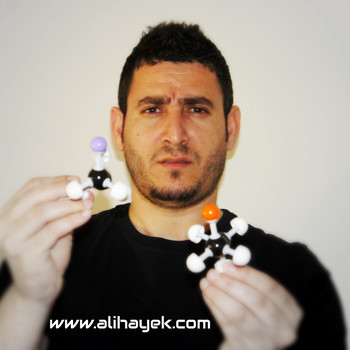What is the density of carbon dioxide at STP?
2 Answers
Explanation:
Assuming that carbon dioxide behaves ideally, then we can use the ideal gas law:
Since we are looking for the density of
First we replace
Then rearrange the expression to become:
Therefore,
REFERENCE DENSITY
Wikipedia gives the density as
Or, one can calculate this from this website.
This also gives a real mass density of
color(blue)("0.001951 g/mL") at"1 bar" and0^@ "C" .
DENSITY ASSUMING IDEALITY
To get an idea of how the density is like when assuming ideality, we can use the ideal gas law to compare.
\mathbf(PV = nRT) where:
P is the pressure in"bar" . STP currently involves"1 bar" pressure.V is the volume in"L" .n is the\mathbf("mol") s of gas .R is the universal gas constant,"0.083145 L"cdot"bar/mol"cdot"K" .T is the temperature inK" .
P/(RT) = n/V
Notice how
color(blue)(rho) = (PM_m)/(RT)
= (("1 bar")("44.009 g/mol"))/(("0.083145 L"cdot"bar/mol"cdot"K")("273.15 K"))
= "1.94 g/L"
= color(blue)("0.001937 g/mL")
That is about
DENSITY WITHOUT ASSUMING IDEALITY
Let's calculate the density another way.
We can also use the compressibility factor
From this website again, I get
Z = 0.9934 .
Since
Let's see what its density is this time.
color(green)(Z) = P/(RT)V/n
Z/(M_m) = P/(RT)V/(nM_m)
= color(green)(P/(RTrho))
Thus...
color(blue)(rho) = (PM_m)/(RTZ)
= (("1 bar")("44.009 g/mol"))/(("0.083145 L"cdot"bar/mol"cdot"K")("273.15 K")(0.9934))
= "1.9507 g/L"
~~ color(blue)("0.001951 g/mL")
Oh look at that... it's dead-on, and all I did was use


